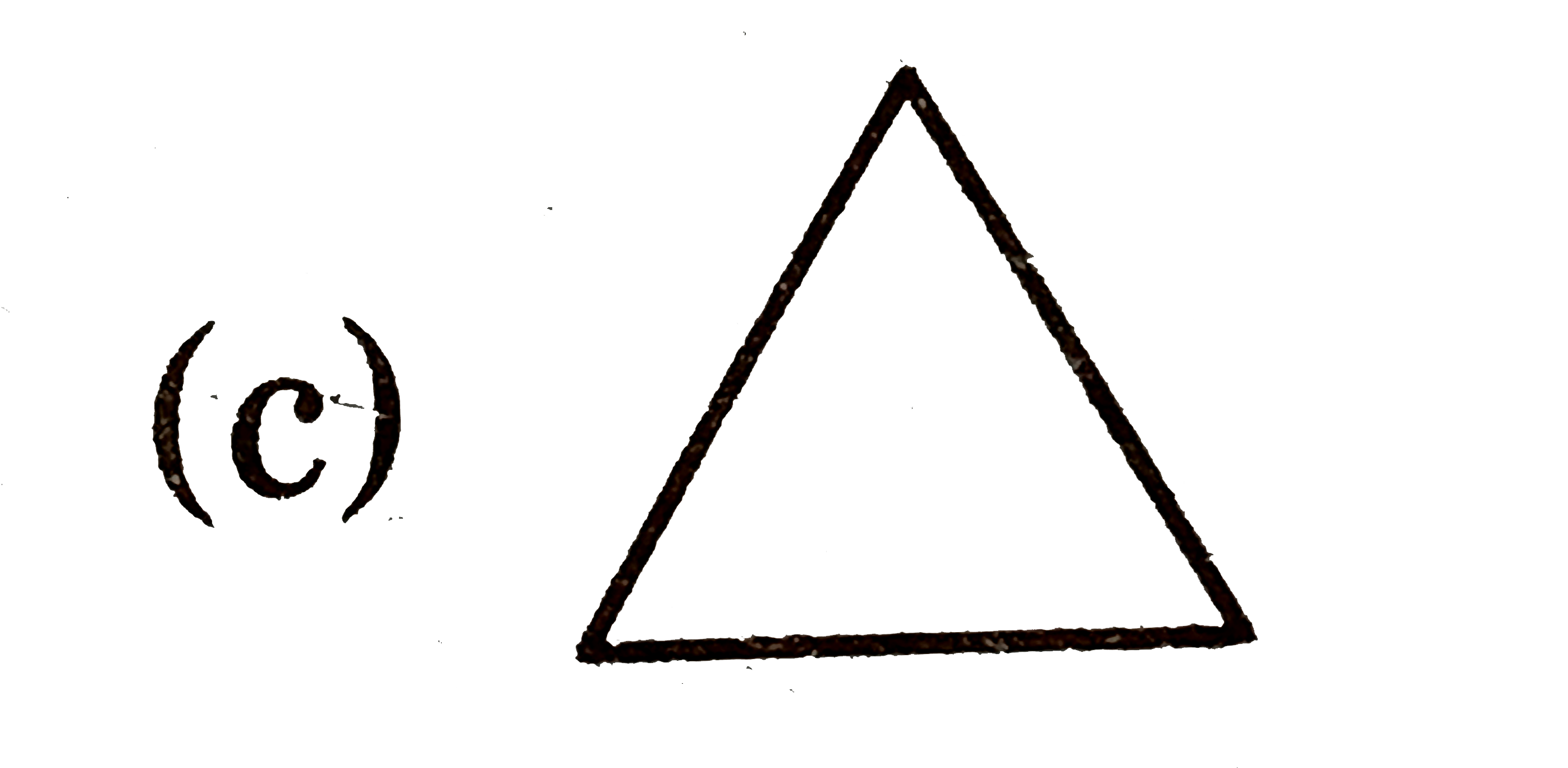If n is the number of carbon atoms in the potassium salt of a carboxylic acid, then the alene formed on electrolysis of aqueous solution of a salt of a carboxylic acid containing n cabon atoms would have carbon atoms equal to
n
n-1
2n-1
2(n-1)
The correct Answer is:D
To solve the problem, we need to understand the process of electrolysis of a potassium salt of a carboxylic acid and how it relates to the number of carbon atoms in the resulting alkene.
1. Identify the Number of Carbon Atoms in the Salt:
- Given that n is the number of carbon atoms in the potassium salt of a carboxylic acid, we can denote the carboxylic acid as having n carbon atoms.
2. Understanding the Electrolysis Process:
- During the electrolysis of the potassium salt of the carboxylic acid, the carboxylic acid is formed. This process typically involves the elimination of carbon atoms.
3. Determine the Number of Carbon Atoms in the Resulting Alkene:
- When the electrolysis occurs, it is known that two carbon atoms are eliminated from the carboxylic acid. Therefore, if we start with n carbon atoms in the carboxylic acid, we will have:
Remaining Carbon Atoms=n−2
4. Relate the Remaining Carbon Atoms to the Alkene:
- The alkene formed will have the same number of carbon atoms as the remaining carboxylic acid after the elimination of two carbon atoms. Therefore, the number of carbon atoms in the alkene will be:
Carbon Atoms in Alkene=n−2
5. Final Calculation:
- Since we are looking for the number of carbon atoms in the alkene formed, we conclude that the number of carbon atoms in the alkene is n−2.
Conclusion:
Thus, the number of carbon atoms in the alkene formed on electrolysis of the aqueous solution of a salt of a carboxylic acid containing n carbon atoms is n−2.
- Given that n is the number of carbon atoms in the potassium salt of a carboxylic acid, we can denote the carboxylic acid as having n carbon atoms.
- During the electrolysis of the potassium salt of the carboxylic acid, the carboxylic acid is formed. This process typically involves the elimination of carbon atoms.
- When the electrolysis occurs, it is known that two carbon atoms are eliminated from the carboxylic acid. Therefore, if we start with n carbon atoms in the carboxylic acid, we will have:
Remaining Carbon Atoms=n−2
- The alkene formed will have the same number of carbon atoms as the remaining carboxylic acid after the elimination of two carbon atoms. Therefore, the number of carbon atoms in the alkene will be:
Carbon Atoms in Alkene=n−2
- Since we are looking for the number of carbon atoms in the alkene formed, we conclude that the number of carbon atoms in the alkene is n−2.
Thus, the number of carbon atoms in the alkene formed on electrolysis of the aqueous solution of a salt of a carboxylic acid containing n carbon atoms is n−2.
Topper's Solved these Questions
Similar Questions
Knowledge Check
- Question 1 - Select One
The number of carbon atom in citric acid is
A8B6C10D2 - Question 2 - Select One
Aqueous solution of Na salt of glutaric acid on electrolysis gives:
A B
B C
C D
D
- Question 3 - Select One
An alcohol on oxidation gives carboxylic acid containing one carbon atom less, which is that ?
AEthanolB2-propanolC1-propanolDTert. butyl alcohol
Number of carbon atoms in arachidonic acid excluding carboxyl group is
View SolutionThe number of asymmetric carbon atom/s in lactic acid is
View SolutionThe reaction in which the aqueous solution of sodium salt of carboxylic acids on electrolysis give alkanes:
View SolutionWhat is the number of carbon atoms which the palmitic acid and arachidonic acid contain (including carboxyl carbon )?
View SolutionFor preparing an alkane , a concentrated aqueous solution of sodium or potassium salt of saturated carboxylic acid is subjected to
View Solution

